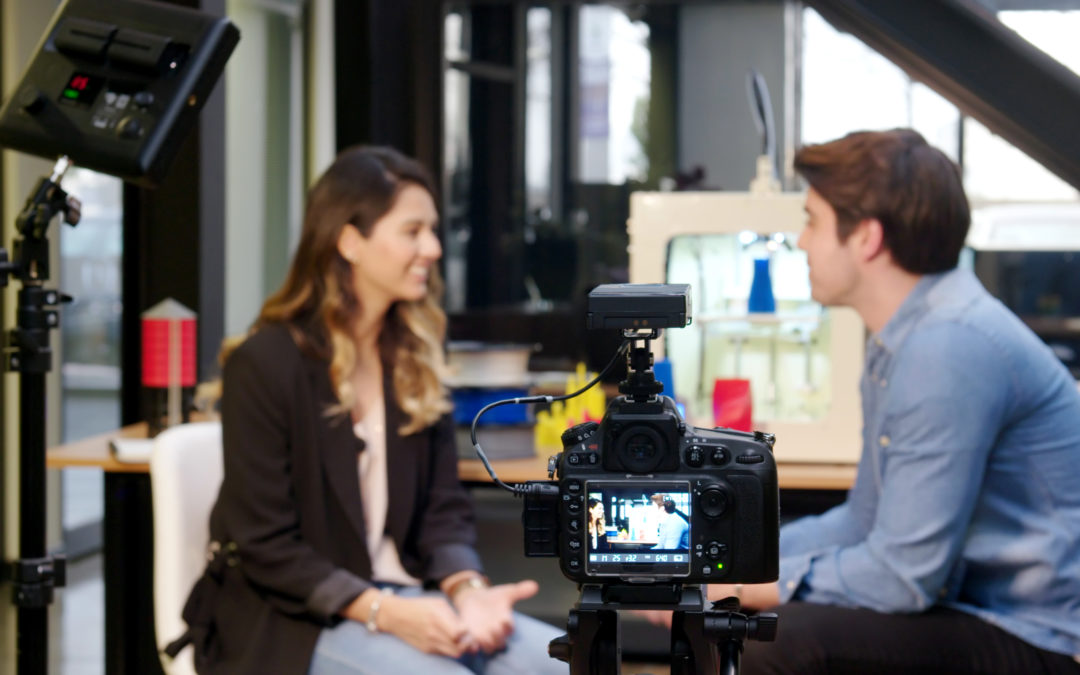Whoever wants to address the press in an efficient and effective manner needs media training to do so. This certainly applies to company representatives that conduct day-to-day media relations — they typically have the title of ‘spokesperson’ on their business cards — but also to members of higher management such as the President or CEO. Members of the C-suite are frequently called upon to face the media whenever there is important news to convey to key stakeholder groups.
Companies that take professional spokesmanship seriously understand that whoever has received media training in the past can and should still take periodical refresher trainings. Nothing turns off a public — whether it’s shareholders during difficult financial times or rabid fans of a product that is getting a major update — faster than an executive bumbling through basic questions, appearing to be arrogant or indifferent or just plain unprepared.
What follows are tips and tricks for any company to consider when planning and executing a media training event.
Group size
Typically more than one person will receive media training. The cost of having a media trainer conduct a training is for the most part a fixed cost and organizations will get a bigger bang for their buck if they invite several executives to the training. The typical size of a media training group is four in order to allow for everybody to have time to practice at least once on video (for a half day session) or to improve their performance on subsequent takes (for a full day session).
Functional oversight
Ideally group members would be situated in the same skills brackets for media training. Product experts would get trained on how to approach product related interviews. Jony Ive, Chief Design Officer of Apple, would for example be called upon to speak to product design and functionality, as might a senior VP of marketing and any PR spokespersons focused on product launches. This ensures key participants can add their own complementary viewpoint to any discussion on message finetuning.
Peer-to-Peer
Try to prevent a media training for employees with their superiors. Nobody likes to make mistakes in front of a boss for fear of getting a poor performance evaluation. People are far less likely to take risks and truly grow if they feel a mistake could cost them a raise or promotion. And trust me, mistakes will be made if the media trainer does his or her job well.
Trainee research
It’s the job of the media trainer to learn about the past experiences of the trainees and set proper expectations. The trainer should reach out to each prospective spokesperson at least two weeks prior to the training in order to map out a lesson plan that closely matches the real-world scenarios the group might face: quarterly financial calls with analysts and reporters, product recall interviews on MSNBC, media briefings during a crisis.
Mock Interviews
These are media training practice sessions where a company executive gets grilled on camera as though it were a live interview. Theory and open discussions are one thing, but actually sitting in the proverbial “hot seat” with the camera rolling is quite another. It’s as much about managing one’s own stress as it is about putting interview techniques into practice. It takes practice to become a trusted spokesperson for the company.
Interview themes
When conducting media training, it’s also very important to make the interview as realistic as possible for each individual trainee. Say for example you are a CEO of a food company and you have to brief reporters about a case of salmonella that resulted in the death of two people and sickness of another eight. These are very real possibilities impacting companies and can have a significant financial impact on the bottom line if not handled properly. Just think of Blue Bell Creameries, which literally had to suspend its operations for several months while it dealt with a listeria outbreak. The financial future of the company is still very uncertain. Had the executive team handled the crisis better the outcome would have been much less dire.
Accountability
Make sure there is accountability within the corporate communications group or outside provider to ensure the time spent on training is as productive and effective as possible. Consider asking for a training checklist to make sure the training is well planned and executed. Conversely, make sure that the executives and other prospective spokespersons are themselves properly prepared for the training, which includes ensuring they are 100% focused on the training (no cell phone interruptions).
Survey:
An easy step to overlook is feedback. Consider using an online survey to gain insight on how well the training went from your internal customer’s perspective. Do you need to modify the video interview scenarios to make them “real” for different executives. Was the live camera coaching relevant enough to help your executives put into use what they learned during the lecture portion of the class?
This is a first selection of basic building blocks for a successful media training. In the second and last post we will discuss among other things how to build in an efficient flow in the training session, how to organize surprise and ambush interviews and what kind of leave-behind material is useful for trainees.

